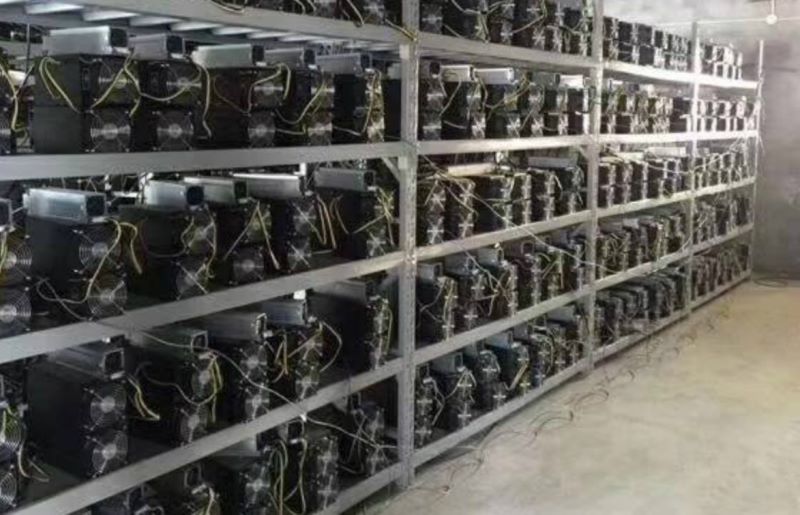A cloud mining machine refers to a virtual or physical mining device that is used in cloud mining operations. Cloud mining allows individuals to rent or lease computing power from remote data centers to mine cryptocurrencies, such as Bitcoin, without needing to own or manage the hardware directly. Here's a breakdown of what it involves:

Traditional Mining vs. Cloud Mining:
In traditional mining, you buy, set up, and run your own mining machine (like a GPU or ASIC rig) to mine cryptocurrencies like Bitcoin.
In cloud mining, you essentially lease a portion of a mining farm’s resources. The company owns and operates the physical mining hardware (mining machines), and you pay for a contract that gives you access to a certain amount of hash power.
1. Cloud Mining:
Definition: Cloud mining is a way to mine cryptocurrencies by renting mining power (hashrate) from a service provider instead of owning the physical mining hardware.
How It Works: Users pay for a contract or subscription to lease mining power from a company with large data centers filled with specialized mining machines.
No Hardware Management: The service provider maintains the hardware (known as mining rigs or machines), ensuring they are running efficiently, while users receive a share of the mined cryptocurrency.
2. Mining Machine:
Physical Mining Machines: These include devices like ASIC (Application-Specific Integrated Circuit) miners or GPU (Graphics Processing Unit) rigs, specifically designed to mine cryptocurrencies.
In Cloud Mining: Instead of owning these physical machines, users rent their power through cloud mining companies. The machines themselves are located in data centers managed by these companies.
How Does Cloud Mining Work?
1. Subscription: Users sign up for a subscription with a cloud mining provider. This involves choosing a plan that suits their budget and expected returns. Plans often vary by contract length, hashing power, and maintenance fees.
2. Hashing Power Allocation: Once you subscribe, the cloud mining company allocates a portion of its total hash rate (computational power) to your account based on what you’ve paid for. The higher the hash rate, the more potential earnings.
3. Mining Pools: Most cloud mining services operate within larger pools where the combined computational power increases the chances of solving complex mathematical puzzles required in blockchain transactions. Rewards are then divided among pool members according to the proportion of hash power contributed.
4. Earnings Distribution: Any cryptocurrency mined using your allocated hash rate gets credited to your digital wallet. Earnings can fluctuate depending on market conditions, difficulty levels, and the type of cryptocurrency being mined.
5. Monitoring and Management: Providers usually offer online dashboards where you can monitor your hash rate, earnings, and other relevant statistics. You also have the flexibility to adjust settings or switch between different types of cryptocurrencies.
Cloud mining offers an accessible entry point for individuals interested in cryptocurrency mining but lacking the capital or technical skills to invest in and maintain personal mining rigs. However, careful consideration should be given to the reputation and terms of the service provider to ensure a positive experience and return on investment.





